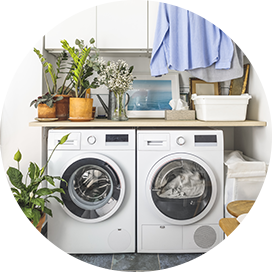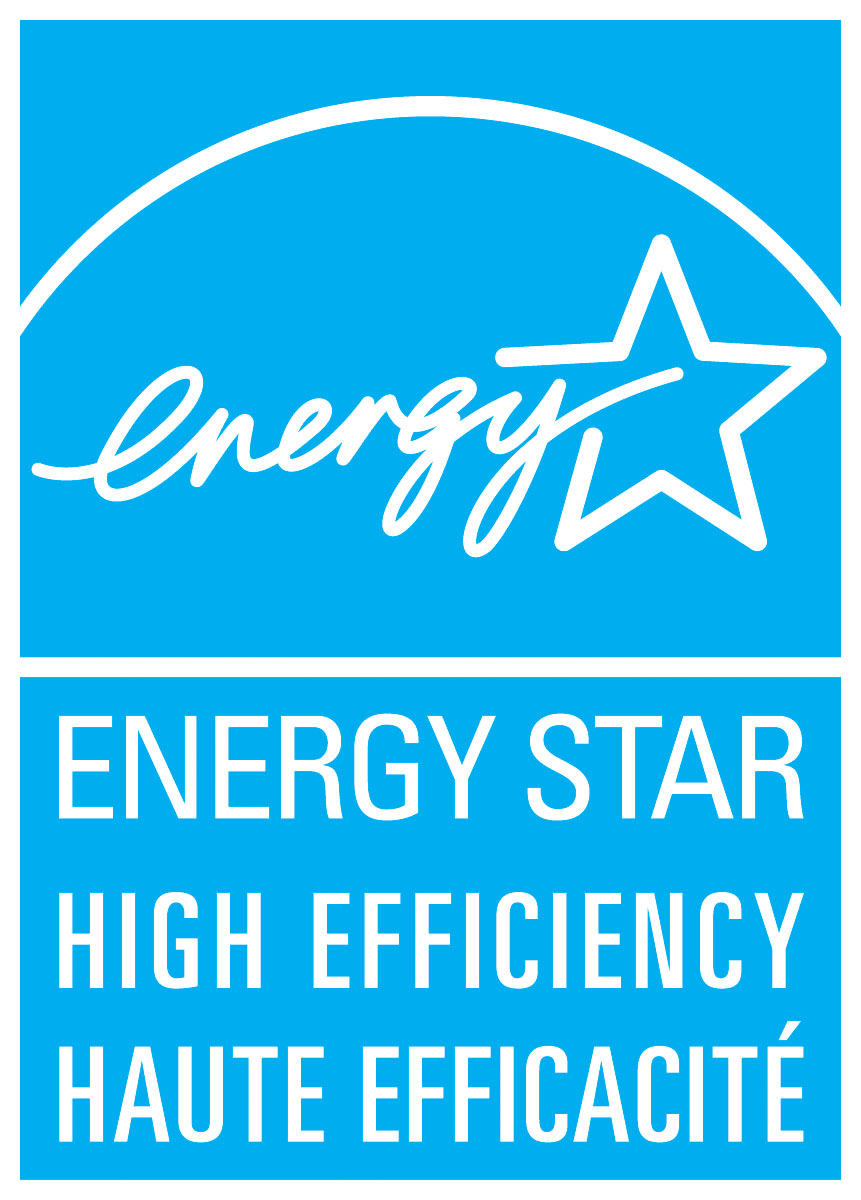Appliances for residential use

When buying appliances, it’s important to remember the cost of energy to operate a product over its lifetime is just as important as how much it costs to buy it.
Make the switch to an ENERGY STAR certified appliance to cut your electricity bill and reduce your carbon footprint. All ENERGY STAR certified products are tested to strict efficiency standards and are certified by an independent third party. They perform the same as or better than standard products without compromising performance in any way.
Get ENERGY STAR appliances
The following ENERGY STAR certified products are available in Canada.
- Air purifiers (cleaners)
- Clothes dryers
- Clothes washers (washing machines)
- Dishwashers
- Freezers
- Refrigerators
- Cordless phone
- Tablet computer
- Television
- Water cooler
How to pick the most energy efficient appliances
- Look for the ENERGY STAR symbol: The easiest way to identify an efficient appliance is to look for the ENERGY STAR symbol.
- The “ENERGY STAR Most Efficient” designation is offered each year to products that are “the best of the best” – the top energy performers in their class. Learn more about ENERGY STAR Most Efficient.

- Use the ENERGY STAR Product Finder to find certified products. (Note: you will be redirected to the U.S. ENERGY STAR website. Click “Canada” as your market).
- See what ENERGY STAR products are most efficient: The “ENERGY STAR Most Efficient” designation is offered each year to products that are “the best of the best” – the top energy performers in their class.
-
Compare models using the EnerGuide label: Use the EnerGuide label on all major appliances to compare a model’s energy consumption to similar models.

- Check with our list of ENERGY STAR participating retailers and manufacturers.
Maintaining the appliances in your home
Buy the right size
Buy the right size. Larger models typically use more energy, so purchase one that is appropriately sized for your needs.
Keep appliances clean
Keep your appliances clean. For example, empty the lint trap on your dryer to increase air flow and clean the coils on your fridge to maintain airflow.
Canadians’ home appliances
Did you know that household appliances, such as fridges, freezers, dishwashers and water coolers, account for up to 14.1% of the energy used in the average Canadian home?

Distribution of residential energy use in Canada 2019
Text version
Residential energy use in Canada by activity
A pie chart representing energy consumed in the average Canadian home is divided into five sections: Space heating 63.6%; Water heating 17.2%; Appliances 14.1%; Lighting 3.5%; and Space cooling 1.6%.
Regulated home appliances
Canada’s Energy Efficiency Regulations establish minimum performance standards for energy efficiency and help eliminate the least efficient products from the Canadian marketplace. Integrated washer-dryers, miscellaneous refrigeration products such as coolers and wine chillers, cooking appliances including electric and gas ranges, microwave ovens, cooktops and ovens are regulated but are not eligible for ENERGY STAR certification.
Many types of home appliances must meet minimum energy efficiency standards as regulated under Canada’s Energy Efficiency Regulations. See more information about the regulations that help eliminate the least efficient products from the Canadian market.
The ENERGY STAR name and symbol are trademarks registered in Canada by the United States Environmental Protection Agency and are administered and promoted by Natural Resources Canada.
Page details
- Date modified: